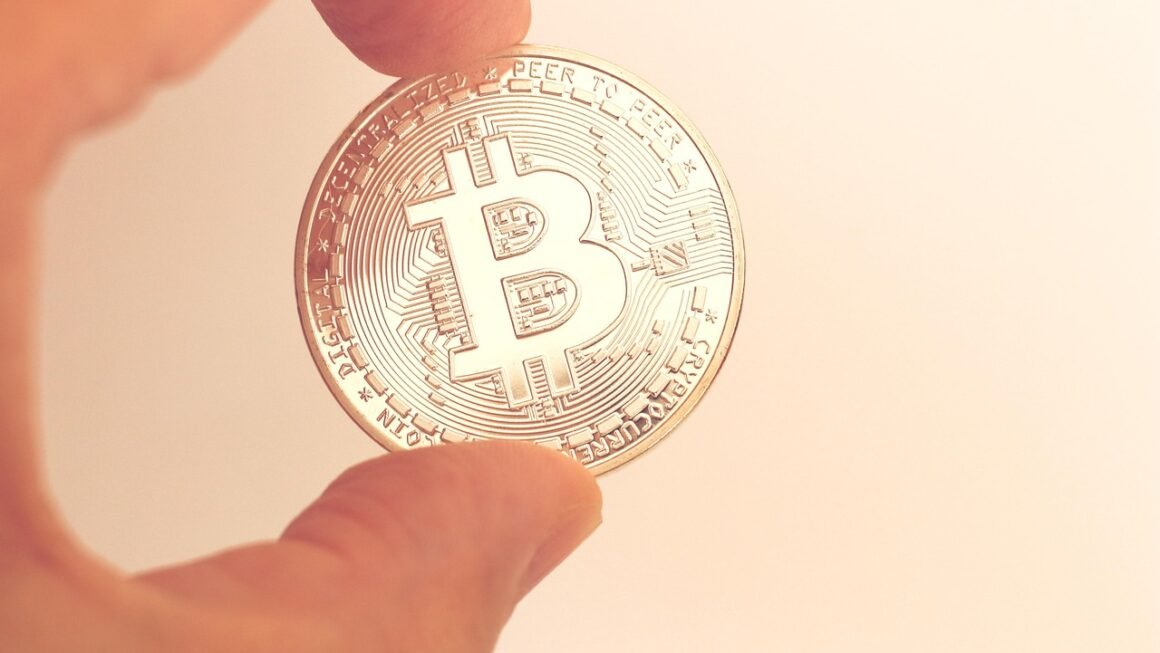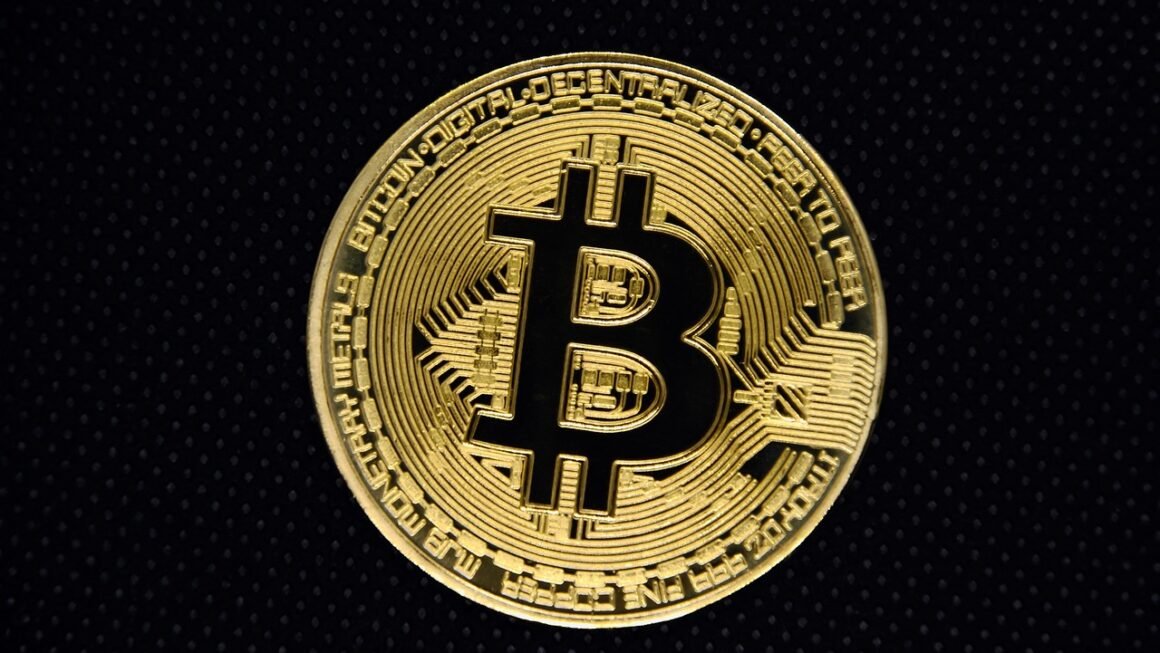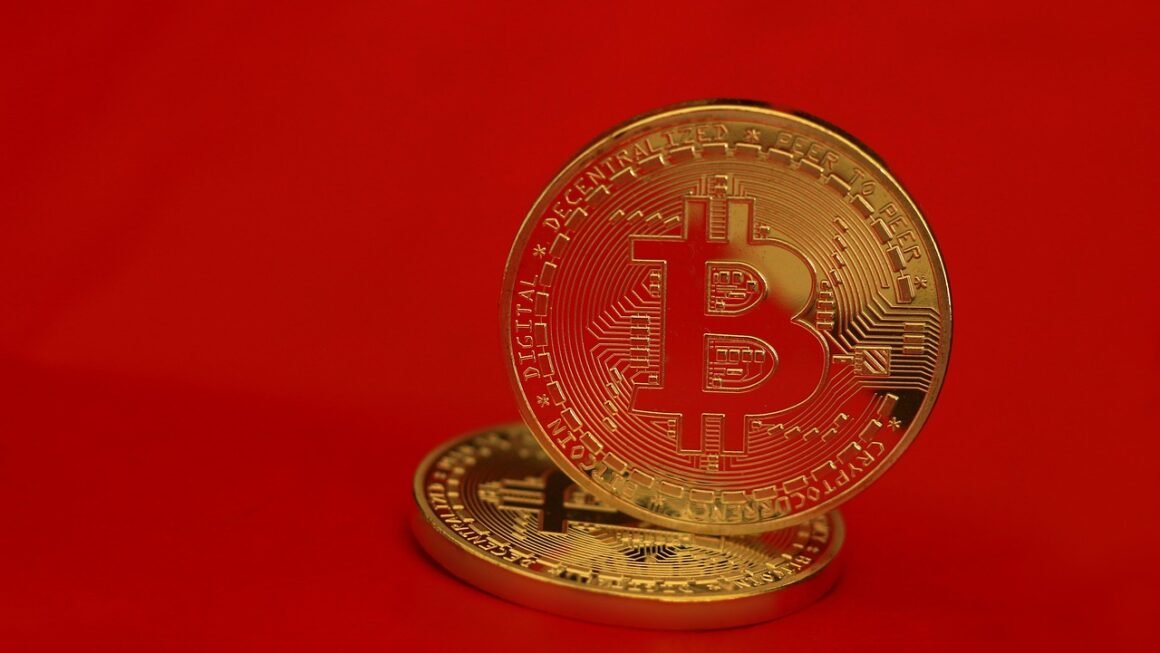Decentralized Autonomous Organizations (DAOs) are revolutionizing the way we organize and collaborate, offering a transparent and community-driven alternative to traditional hierarchies. Imagine a company where decisions aren’t made behind closed doors but are voted on by the members, and where all transactions are recorded on a public ledger. That’s the power of a DAO. This blog post will delve into the intricacies of DAOs, exploring their structure, benefits, and potential impact across various industries.
What is a DAO?
Understanding the Core Concept
A Decentralized Autonomous Organization (DAO) is essentially an internet-native entity with rules encoded on a blockchain. These rules, often written as smart contracts, dictate how the organization operates and ensure that decisions are made democratically through voting mechanisms. Unlike traditional organizations with centralized leadership, DAOs distribute power among their members, offering a more transparent and equitable governance model.
- Decentralized: No single entity controls the organization; decisions are distributed amongst members.
- Autonomous: The organization operates according to pre-defined rules encoded in smart contracts.
- Organization: A structured group of individuals working towards a common goal.
How DAOs Work: A Step-by-Step Breakdown
Key Characteristics of a DAO
- Transparency: All activities are recorded on a public blockchain.
- Immutability: Smart contracts are immutable, ensuring that the rules are followed as designed.
- Community-Driven: Decisions are made by the community, not by a central authority.
- Automation: Smart contracts automate many operational processes, reducing the need for human intervention.
Benefits of Using a DAO
Enhanced Transparency and Trust
DAOs inherently foster transparency because every transaction, vote, and decision is recorded on a public blockchain. This transparency builds trust within the community and reduces the risk of corruption or mismanagement. Everyone has access to the same information, fostering a level playing field.
- Real-world Example: Imagine a charity using a DAO to manage donations. Donors can see exactly where their money is going and how it’s being used, increasing trust and encouraging further contributions.
Increased Efficiency and Automation
Smart contracts automate many of the tasks that would typically be handled by humans in a traditional organization. This automation streamlines processes, reduces administrative overhead, and allows the DAO to operate more efficiently.
- Practical Tip: DAOs can automate tasks such as distributing funds, issuing dividends, and managing membership roles, freeing up resources for more strategic initiatives.
Democratic Governance and Community Empowerment
DAOs empower community members by giving them a voice in the organization’s direction. Voting mechanisms allow members to participate in decision-making, ensuring that the DAO’s actions align with the community’s values and goals.
- Data Point: Studies show that organizations with more democratic governance structures tend to be more innovative and adaptable. DAOs provide a framework for achieving this in a decentralized and transparent manner.
Global Collaboration and Inclusivity
DAOs can bring together individuals from all over the world, regardless of their location or background. This global collaboration fosters diverse perspectives and enhances the DAO’s ability to solve complex problems.
- Example: A decentralized research DAO can bring together scientists and researchers from different countries to collaborate on a common project, accelerating the pace of scientific discovery.
Types of DAOs and Their Use Cases
Investment DAOs
Investment DAOs pool capital from members to invest in various assets, such as cryptocurrencies, NFTs, or real estate. Members vote on investment proposals, and profits are distributed proportionally based on their contributions.
- Example: SyndicateDAO is a prominent example of an investment DAO, allowing members to collectively invest in web3 projects.
Grant DAOs
Grant DAOs distribute funds to projects or individuals that align with the DAO’s mission. Members vote on which projects to fund, ensuring that resources are allocated effectively and transparently.
- Example: Gitcoin Grants use quadratic funding, a form of crowdfunding, to support open-source projects, with a DAO governing the allocation of funds.
Collector DAOs
Collector DAOs acquire and manage valuable digital or physical assets, such as NFTs, artwork, or collectibles. Members collectively decide which assets to acquire and how to manage them.
- Example: PleasrDAO is a collector DAO that famously purchased the original Doge meme NFT.
Social DAOs
Social DAOs focus on building communities and fostering collaboration among members with shared interests. These DAOs often use tokens to incentivize participation and reward contributions.
- Example: Friends With Benefits (FWB) is a social DAO that brings together creators, technologists, and thinkers.
Protocol DAOs
Protocol DAOs govern the protocols and infrastructure of decentralized applications (dApps). Token holders vote on changes to the protocol, ensuring that the dApp remains decentralized and community-driven.
- Example: MakerDAO governs the Maker protocol, which is responsible for the DAI stablecoin.
Challenges and Considerations
Security Risks
DAOs are susceptible to security vulnerabilities in their smart contracts. A bug or flaw in the code can be exploited by malicious actors, leading to loss of funds or control.
- Actionable Takeaway: DAOs should undergo thorough security audits by reputable firms to identify and address potential vulnerabilities.
Legal and Regulatory Uncertainty
The legal and regulatory status of DAOs is still evolving. DAOs may face challenges in complying with existing laws and regulations, particularly in areas such as taxation and securities.
- Tip: DAOs should consult with legal experts to ensure that they are operating in compliance with applicable laws and regulations.
Governance Challenges
Effective governance is crucial for the success of a DAO. However, DAOs can face challenges such as low voter turnout, decision-making paralysis, and the concentration of power in the hands of a few token holders.
- Practical Example: Implement mechanisms such as delegated voting and quadratic voting to encourage participation and ensure that all voices are heard.
Scalability Issues
As DAOs grow in size and complexity, they may encounter scalability issues. Processing large numbers of transactions and managing a growing community can be challenging.
- Solution: Explore layer-2 scaling solutions and other technologies to improve the scalability of DAOs.
Conclusion
DAOs represent a groundbreaking shift towards decentralized governance and community-driven decision-making. By leveraging blockchain technology and smart contracts, DAOs offer increased transparency, efficiency, and inclusivity. While challenges remain, the potential benefits of DAOs are immense, and they are poised to disrupt a wide range of industries. As the technology matures and regulatory frameworks evolve, DAOs will likely become an increasingly important part of the future of organization and collaboration.



